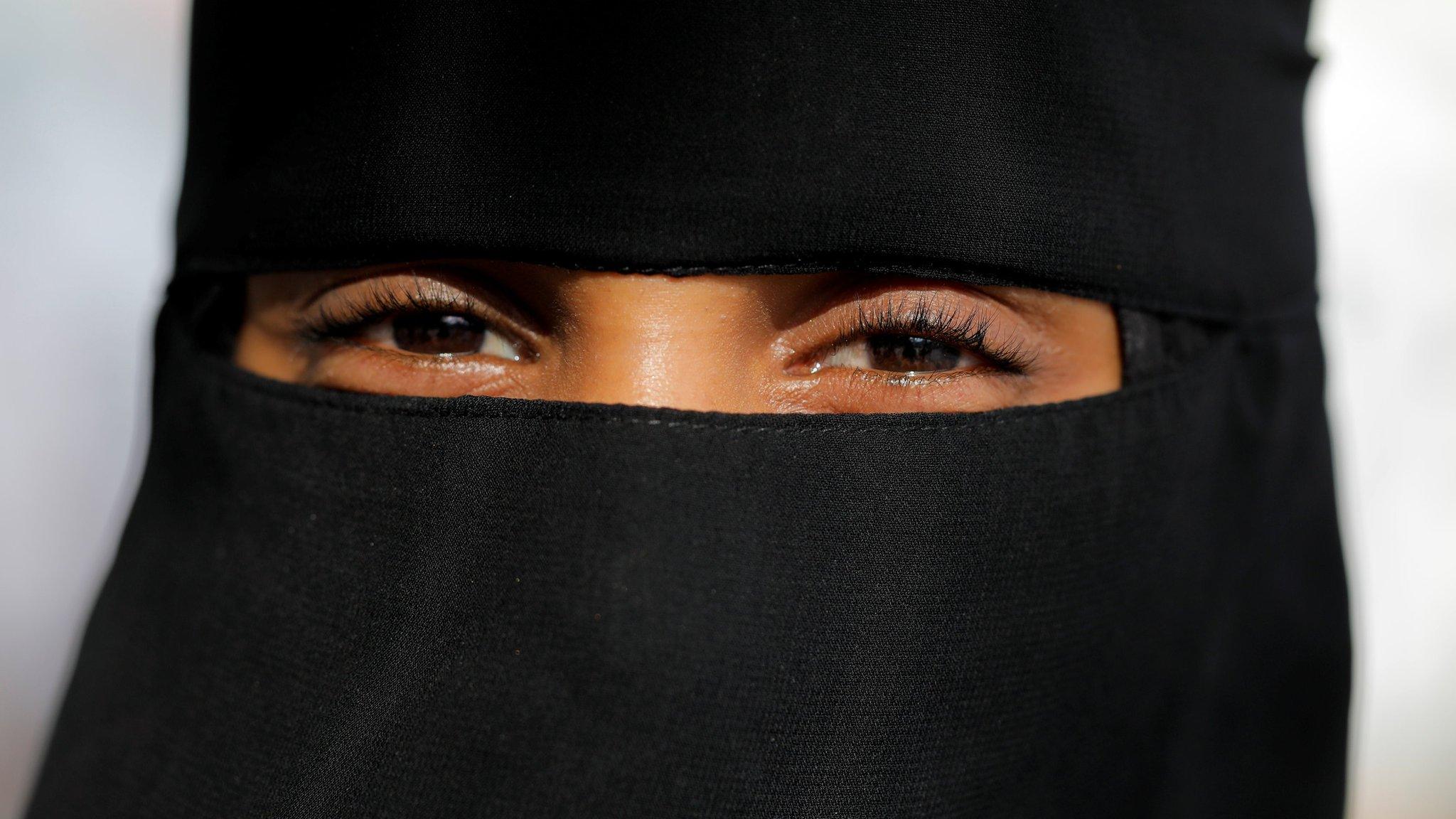Women's World Cup: Player wears a hijab for the first time in World Cup history
- Published
- comments
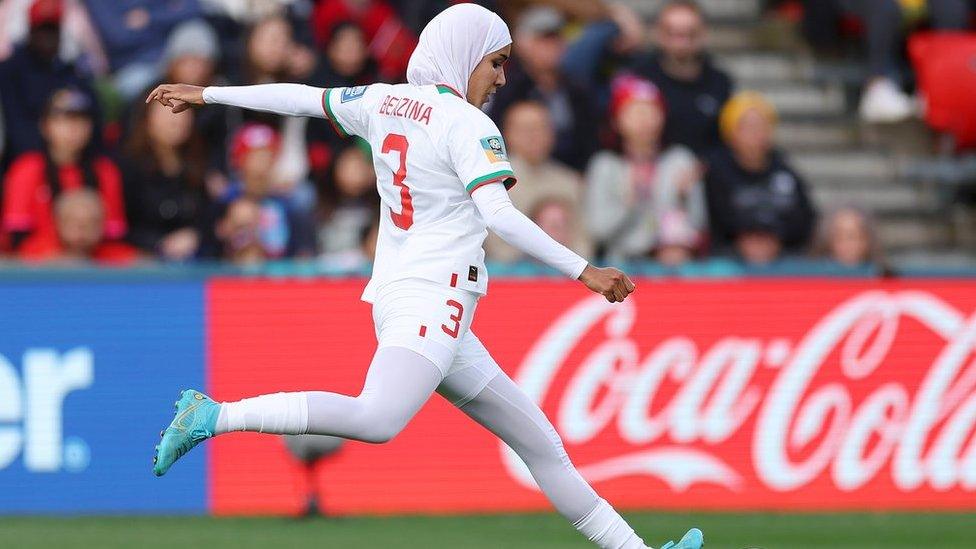
The Moroccan defender is the first player to wear a hijab for a World Cup game
This year's Women's World Cup in Australia and New Zealand is the first World Cup where someone has worn a hijab.
Nouhaila Benzina is one of Morocco's defenders and wore the headscarf in her team's match against South Korea on Sunday.
In 2014, Fifa allowed players to wear head coverings for religious reasons during games.
Unsure what a hijab is? Read on to find out.
Who is Nouhaila Benzina?
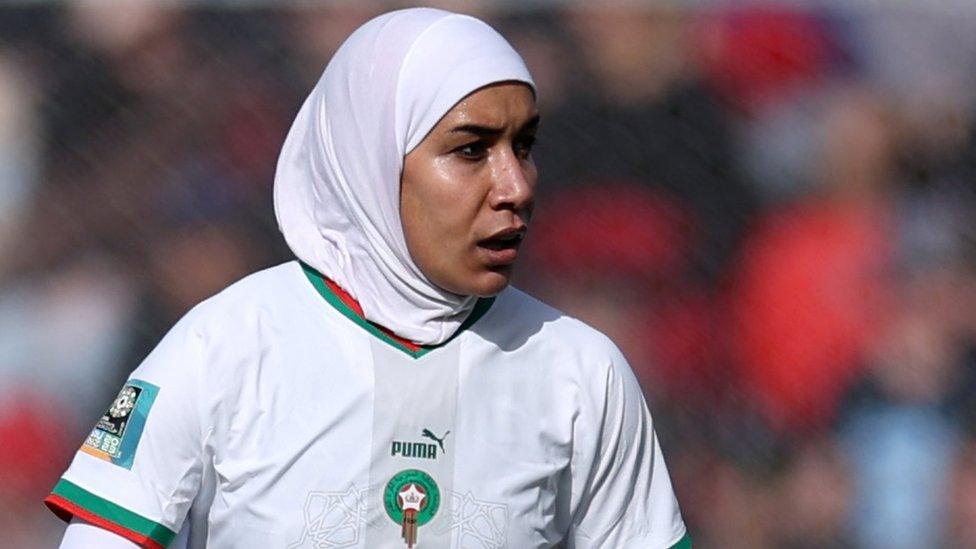
The Moroccan defender made her World Cup debut in the game against South Korea wearing a hijab, which is a type of headscarf worn by Muslim women.
In her team's previous match against Germany, which was their first game of the tournament, she was on the substitute's bench but did not take part in the match.
Germany beat Morocco 6-0 in Morocco's opening game of the World Cup.
Some Muslim women wear a headscarf to cover their head and hair, while others wear a burka or niqab, which also covers up their face.
Headscarves are seen as a sign of modesty by people who wear them, and a is symbol of their religious faith for Muslims.
However, not everyone agrees with them and in some countries, like France and Denmark, there's a ban on wearing some garments that cover the face in some public places.
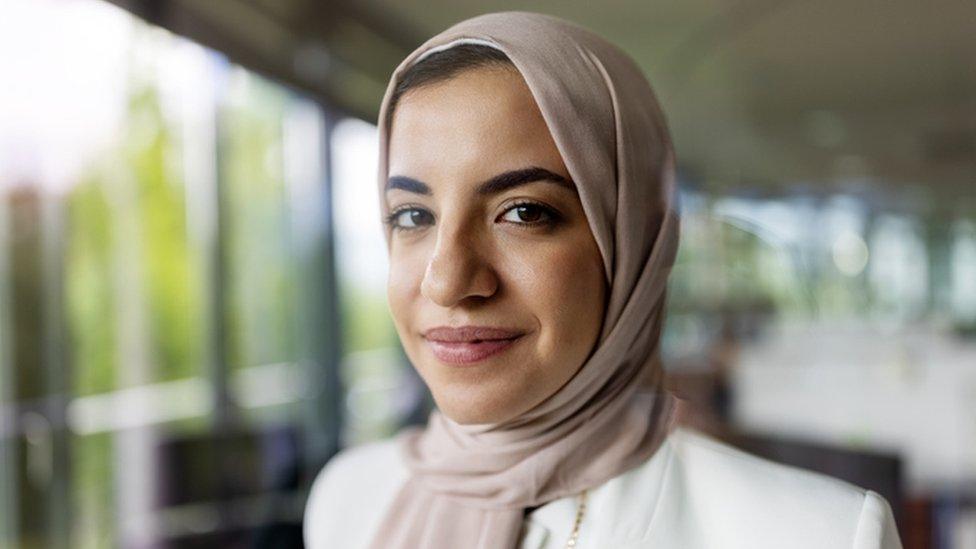
What is the difference between a hijab, a niqab and a burkha?
As well as a head covering, the hijab also means the act of covering up. A hijab is a type of headscarf that covers up a woman's hair and neck, but leaves the face uncovered.
A niqab is a veil worn over the nose and mouth. It is usually worn with a hijab.
You might also have heard of a burkha, which is the most concealing of all the head coverings. It is a single piece of fabric worn as an outer layer that covers the whole body, often leaving a mesh covering to see through.
There are other types of coverings worn by Muslim women - click here to find out about them and why they are worn.
- Published28 July 2023
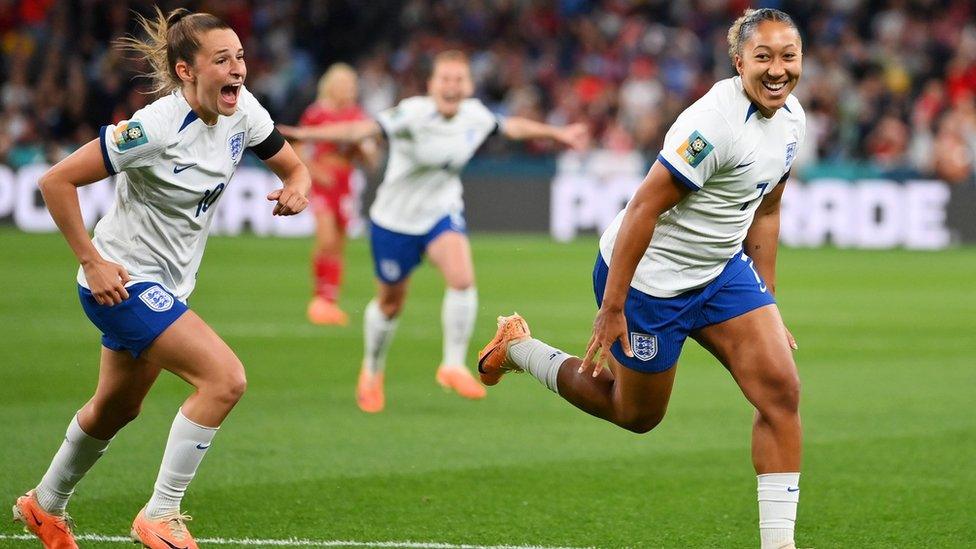
- Published7 August 2018
